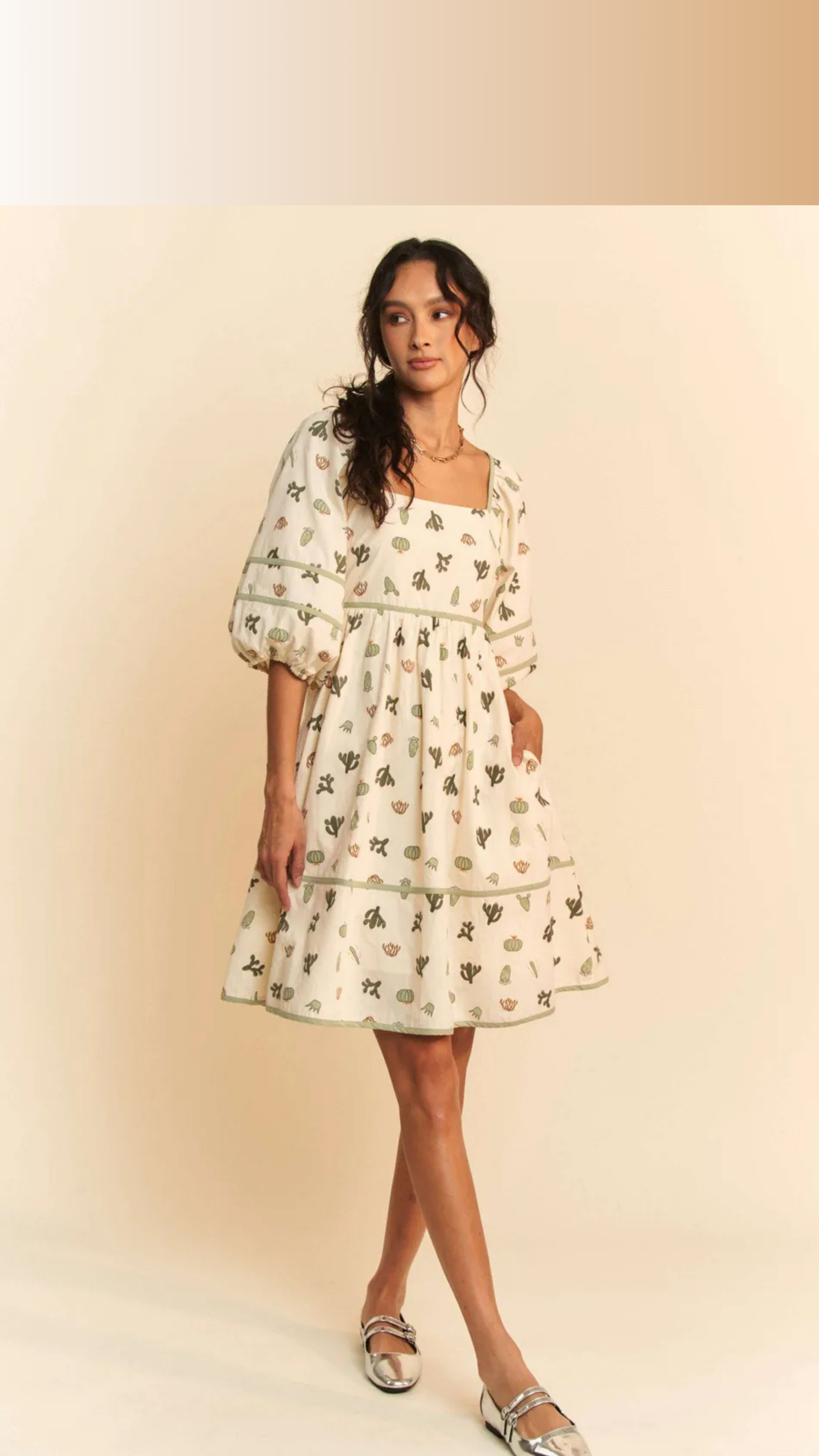In an era of fast fashion and disposable trends, building a sustainable wardrobe has become more important than ever. A sustainable wardrobe focuses on conscious choices that prioritize ethical production, reduce waste, and promote longevity. In this article, we will explore key tips to help you build a sustainable wardrobe that aligns with your style and values.
Assess Your Current Wardrobe:
Before diving into building a sustainable wardrobe, take the time to assess what you already own. Sort through your clothes and identify pieces that you love, wear frequently, and that align with your personal style. This will give you a clear understanding of your existing wardrobe and help you make more informed decisions moving forward.
Quality over Quantity:
One of the foundations of a sustainable wardrobe is investing in high-quality pieces that will last. Instead of opting for fast fashion items that are designed to be worn a few times and then discarded, choose clothing made from durable, sustainable materials. Look for well-constructed garments that will withstand the test of time and multiple washes.
Choose Sustainable Fabrics:
When building a sustainable wardrobe, pay attention to the fabrics used in your clothing. Opt for natural fibers like organic cotton, linen, hemp, and bamboo, which have a lower environmental impact compared to synthetic materials. These fabrics are biodegradable, require fewer chemicals during production, and have a smaller carbon footprint.
Embrace Timeless Styles:
Trends come and go, but timeless styles are always in fashion. Instead of chasing the latest fads, focus on building a wardrobe filled with classic, versatile pieces that can be styled in multiple ways. Timeless styles not only have a longer lifespan in your wardrobe, but they also reduce the need for constant replacements.
Second-Hand and Vintage Shopping:
Thrifting and vintage shopping are sustainable alternatives to buying new clothes. Explore thrift stores, online marketplaces, and vintage shops in your area to find unique and pre-loved pieces. Not only will you reduce waste by giving clothing a second life, but you'll also discover one-of-a-kind items that add character to your wardrobe.
Rent or Borrow:
For special occasions or statement pieces that you may only wear once or twice, consider renting or borrowing instead of buying. There are various clothing rental platforms that allow you to access designer pieces and trendy styles without the commitment of ownership. This reduces the demand for new clothing and promotes a circular economy.
Capsule Wardrobe Approach:
A capsule wardrobe is a collection of versatile, essential pieces that can be mixed and matched to create a variety of outfits. Adopting a capsule wardrobe approach helps minimize excessive shopping and simplifies your wardrobe choices. Choose a color palette that works well together, select pieces that can be worn in different seasons, and focus on quality over quantity.
Maintain and Repair:
Regular maintenance and repairs are crucial for prolonging the life of your garments. Follow care instructions, mend small tears or loose buttons, and take care of stains promptly. Additionally, support local tailors and cobblers who can help you with alterations and repairs, allowing you to continue wearing and enjoying your clothing for years to come.
Support Sustainable Brands:
When purchasing new clothing, support brands that prioritize sustainable practices. Look for certifications like Fair Trade, GOTS (Global Organic Textile Standard), and B Corp, which indicate a brand's commitment to ethical and sustainable production. Research and choose brands that align with your values, such as those that use eco-friendly materials, promote fair trade, or have transparent supply chains.
Practice Mindful Shopping:
Before making a purchase, ask yourself a few questions to ensure it aligns with your sustainable wardrobe goals. Consider if you truly need the item, if it fits well with your existing wardrobe, and if it's made to last. Avoid impulse buys and give yourself time to think before making a purchase. By practicing mindful shopping, you can avoid unnecessary purchases and reduce impulse-driven waste.
Take Care of Your Clothes:
Extend the life of your garments by properly caring for them. Follow care instructions, wash clothes in cold water, air dry when possible, and avoid overwashing. Fold or hang clothes neatly to maintain their shape and prevent wrinkles. By taking care of your clothes, you'll reduce the need for frequent replacements.
Donate or Swap:
When it's time to let go of clothing you no longer wear or need, consider donating them to local charities or participating in clothing swaps with friends or community organizations. This ensures that your clothes find new homes and continue to be used rather than ending up in landfills.
Building a sustainable wardrobe is a journey that involves conscious choices and a shift in mindset. By following these key tips, you can create a wardrobe that not only reflects your personal style but also minimizes the environmental impact of your fashion choices. Remember, it's not about perfection, but about making incremental changes and embracing a more sustainable approach to fashion.
As you embark on your sustainable wardrobe journey, assess your current wardrobe, prioritize quality over quantity, choose sustainable fabrics, and embrace timeless styles. Explore second-hand and vintage options, consider renting or borrowing for special occasions, and adopt a capsule wardrobe approach. Support sustainable brands and practice mindful shopping, taking care of your clothes to prolong their lifespan. And, when it's time to let go, donate or swap your clothes to ensure they continue to be used.
By building a sustainable wardrobe, you can contribute to a more ethical and environmentally conscious fashion industry. Let your fashion choices reflect your values and make a positive impact on the world. Together, we can create a more sustainable future, one outfit at a time.


